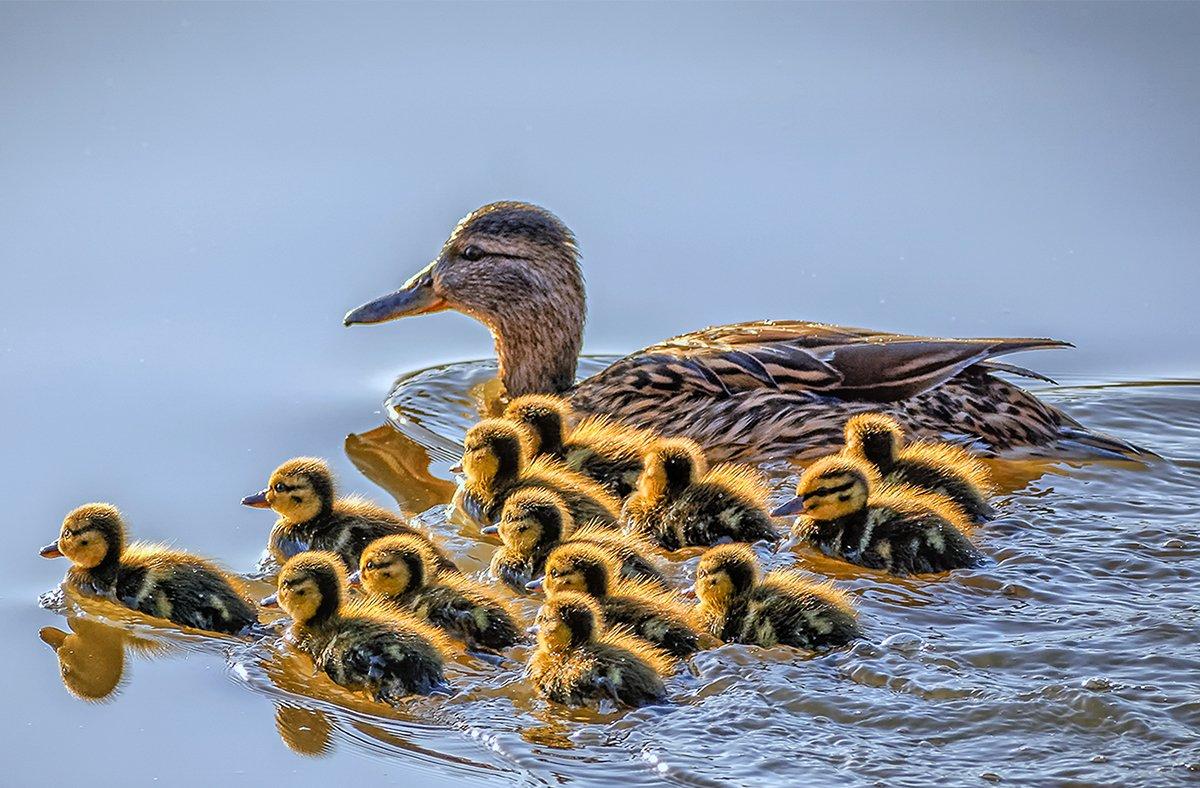Early signs point to much-needed solid production year
Duck season might be months away, but thanks to Mother Nature, early indications are looking up.
North Dakota's annual May water index, conducted by the state's Game and Fish Department, showed a 616% increase from 2021, which represents the second-wettest year in the history of the effort. Further, the state's waterfowl survey counted about 3.4 million ducks, a 16% increase from 2021, the 23rd-highest number on record, and 38% higher than the long-term average. The results contrast sharply with those from 2021, when the survey registered the fifth-driest year on record and dry conditions reduced duck production. North Dakota is a critical production state, so spring 2022's wet conditions bode well for a strong duck hatch.
“I think we're going to have an incredible production year,” Dr. Frank Rohwer, president of Delta Waterfowl, said in a press release. “We're already seeing evidence of a strong nesting effort [in] the eastern Dakotas. It should be a huge improvement coming out of last year's drought. It certainly bodes well for a good duck season.”
A North Dakota Game and Fish Department press release said consistent precipitation and cool weather before the survey caused a tremendous boost in temporary and seasonal wetlands and left abundant water in ditches and streams.
“This was an interesting survey, as we've gone back and forth between wet and dry conditions over the past couple of years,” Mike Szymanski, migratory game-bird supervisor for NDGF, said in the release. “We actually had our second highest wetland index in the state, which is largely made up of water that'll dry up fairly quickly. But ponds that are important for brood-rearing habitat have rebounded nicely as well.
“A lot can change between May and hunting season, so we'll get a few more looks from our July brood index and our September wetland count. But duck production should be a little bit better this year than it was last year due to a stronger breeding effort.”
Indices for most species increased from 2021. Mallards were up 58%, the 25th-highest count on record. Shovelers increased by 126%, and pintails were up 108%. Scaup and canvasback were up 4% and 69%, respectively. Green-winged teal were down 42%, and gadwall decreased by 36%. Wigeon and blue-winged teal declined by 10% and 4%, respectively.
“It's important to note that some of our statewide increases in species counts might not reflect broader-scale population trends, especially for pintails,” Szymanski said in the release. “The abnormally wet conditions in the state are likely holding a higher percentage of breeding pintails than normal. We're coming off a very dry year that resulted in low reproduction, range-wide, for many species.”
Chris Nicolai, waterfowl scientist for Delta Waterfowl, said in the Delta release that waterfowl managers from North Dakota, the U.S. Fish and Wildlife Service and the Canadian Wildlife Service have observed many wetlands that are devoid of ducks this spring.
“That suggests that we have more water available this spring than ducks to fill them, which is not surprising given the poor production in the Prairie Pothole Region last year,” he said.
Meanwhile, the USFWS and CWS are compiling data from the 2022 Waterfowl Breeding Population and Habitat Survey, which had been on hiatus for two years because of COVID-19. The results should be released in August.
“It'll be exciting to compare the North Dakota survey results to the broader federal survey this year,” Nicolai said. “There's a very high potential for banner duck production, especially for prairie nesting ducks such as mallards, pintails, blue-winged teal, shovelers, gadwalls and redheads.”
Click here for more Realtree waterfowl hunting content. And check us out on Facebook.









